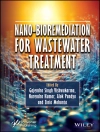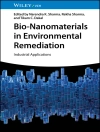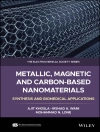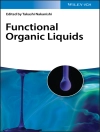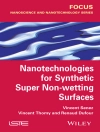Environmental chemistry is a fast developing science aimed at deciphering fundamental mechanisms ruling the behaviour of pollutants in ecosystems. Applying this knowledge to current environmental issues leads to the remediation of environmental media, and to new, low energy, low emission, sustainable processes. Chapters review analysis and remediation of pollutants such as greenhouse gases, chiral pharmaceuticals, dyes, chlorinated organics, arsenic, toxic metals and pathogen in air, water, plant and soil. Several highlights include the overlooked impact of air pollutants from buildings for health risk, innovative remediation techniques such as bioreactors for gas treatment, electrochemical cleaning of pharmaceuticals, sequestration on Fe-Mn nodules, phytoremediation and photocatalytical inactivation of microbial pathogens.
This book will be a valuable source of information for engineers and students developing novel applied techniques to monitor and clean pollutants in air, wastewater, soils and sediments.
Jadual kandungan
Section 1. Air and water pollution.- Section 2. Remediation.



